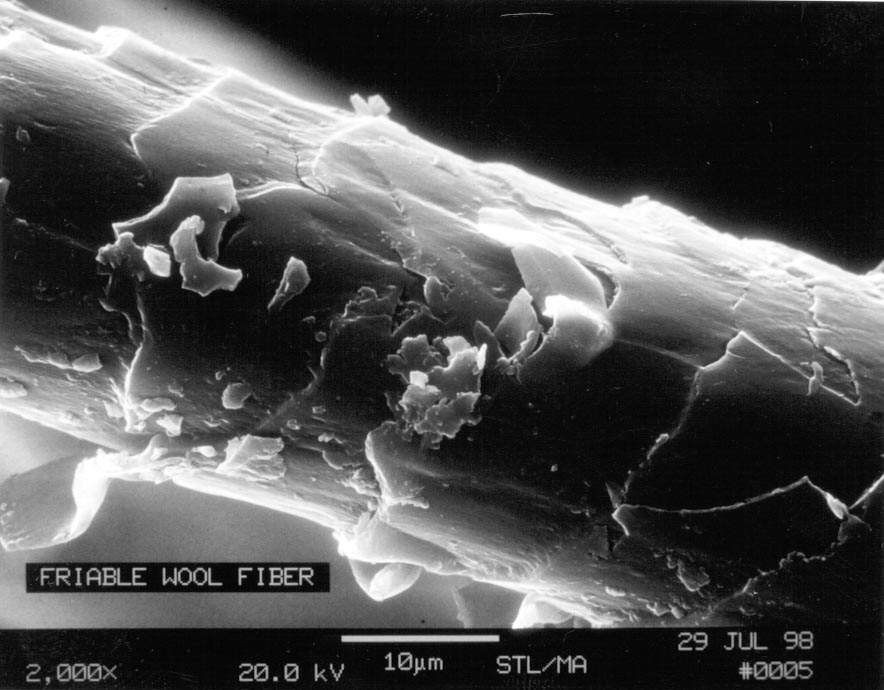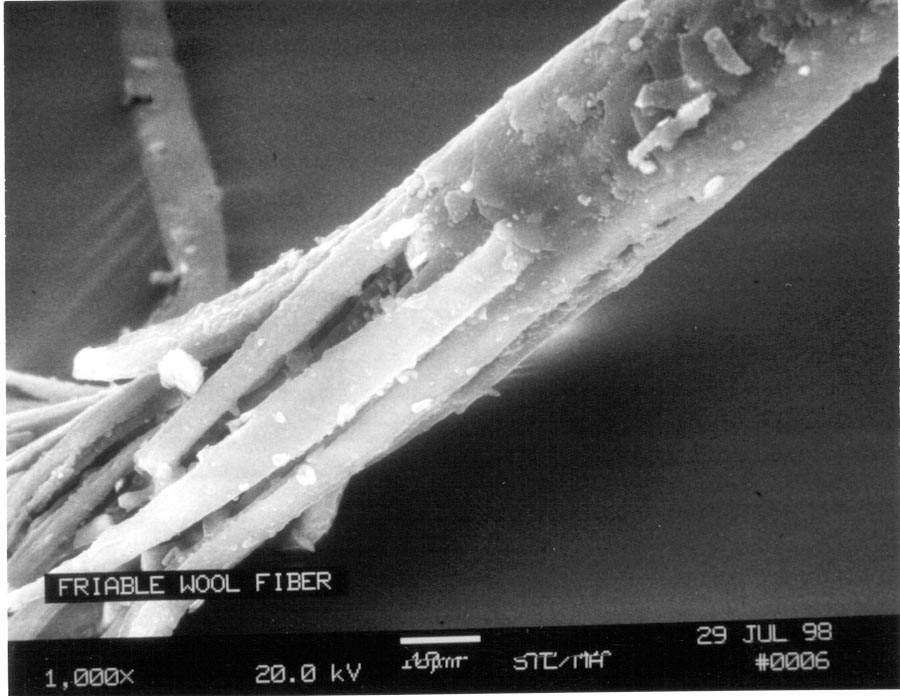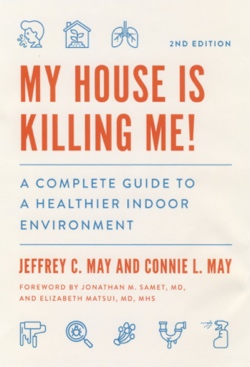Homeowner Newsletter: Winter 2021-2022
©2022 Jeffrey C. May
When clients tell me that they have stuffy noses or cough when they wake up in the morning, I suspect that there are allergens or irritants in their bedrooms. After all, if you sleep six hours a night, you are spending a quarter of the 24-hour day in bed. If you sleep eight hours a night, you are spending a third of your day in bed.
So I’m going to tell you some of the particles I find when I sample beds and bedding and when I take air samples in bedrooms. I’ll start with mites.
Dust mites: Dust mites are one of the major triggers for allergy and asthma symptoms. My son and I are both allergic to dust mites. I found out first-hand how serious dust-mite allergy can be when my son was hospitalized for a week after a severe asthma attack. When I sampled his mattress I found evidence of an extensive dust-mite infestation.
Why did this happen? After all, we were vigilant about washing his bedding every week, but he used to sleep under a blanket and quilt, and he often woke up dripping with sweat. The moisture from his skin and the skin scales he shed supplied all that the dust mites needed to thrive.
Adults shed approximately .6 pounds of skin a year. That means that by age 70, a person could have shed 36 pounds of skin!
If you or anyone in your family has dust-mite allergy, I encourage you to put dust-mite encasings on all mattresses and bed pillows in your home. Why on all of them? Because people sit on other people’s beds. Unless mattresses and pillows are new, I recommend the kind of encasings that have polyurethane liners. It’s also important to encase mattresses in sofa beds and futon couches.
I’ve seen dog beds in bedrooms. Dog beds are rarely or ever washed/cleaned so can acquire dust-mite infestations. Then a dog carries mite allergens on its fur/hair. That’s why I recommend that people use a blanket for a dog bed and wash the blanket on a regular basis.
Feathers: Furnishings (couches, decorative pillows, quilts) and clothing (jackets and vests) that contain down and that are sat upon or used a lot can be mite havens. I’ve worked with clients who got rid of their down quilts or down bed pillows and then they woke up symptom free.
Pets: Anyone with pet allergy should not allow a cat or dog into a bedroom, because a pet will shed animal-dander particles that contain allergens. I worked with one family in which a family member had cat allergy. They had no pets, but the woman was still having allergy symptoms in the house. They hired outside cleaners who used their own vacuum, which did not have a HEPA (high efficiency particulate arrestance) filter. Unfortunately, a conventional vacuum can emit particulates in the exhaust stream. In this situation, the cleaners came to the woman’s house in the afternoon. In the morning, they cleaned a neighbor’s house where two cats resided. I found cat-dander particles in my client’s carpets, because the cleaners’ vacuum sucked up those particles in the neighbor’s home and exhausted them into this woman’s house. Then the particles settled onto surfaces and into carpeting. The woman may as well have had a pet cat.
If you hire outside cleaners, be sure that they only use your HEPA filtered vacuum cleaner. Such a vacuum cleaner should have a bag; otherwise, dust that could contain allergens will be re-aerosolized if you empty the canister indoors.
I also caution people from having other four-legged pets such as guinea pigs, gerbils or hamsters in their bedrooms, because allergens can collect on the shavings in a cage if the shavings are not changed on a regular (and frequent) basis.
Sometimes I see a fish tank in a bedroom. I don’t recommend this if the person sleeping there has dust-mite allergy, because I’ve found dust mites on fish-tank covers. All that moisture, all that warmth! And fish-food flakes are protein and another nutrient source for mites.
Wool: People with sensitivity to wool should avoid having wool blankets on their beds, but old or even new wool rugs can also be a problem because deteriorating wool fibers emit wool-cortex and wool-cuticle particles that can be irritating (or even allergenic) to inhale.


Moisture: Now that cold weather is settling in, you might be humidifying your bedroom. But if a room is so moist that the relative humidity (RH) rises above 40%, moisture can condense on cool surfaces, potentially leading to mold growth. Measure the RH with a thermo-hygrometer. If the RH rises above 40% (or even 30% in cold weather) or if you see condensation on windows or window sills, reduce humidification. (Check windows for moisture and dry them if necessary.)
Air purifiers: Clients frequently ask about using an air purifier in a bedroom. There is no question that a HEPA-filtered purifier will clean the air, but I always recommend eliminating sources of allergens before using such a machine. For example, if you have dust mites in your mattress, an air purifier will do little to mitigate your symptoms because the dust mites remain in the mattress, and their allergens will still be emitted when you are in bed.
If you are considering spending over $500 for an air purifier, you could make your own purifier for under $100. The “Corsi-Rosenthal Filter Cube” made with four MERV-13 filters and a window box fan is a good choice for you (https://cleanaircrew.org/box-fan-filters/ and https://www.youtube.com/watch?v=aEn2xzlvrdo).
Our newest and fifth book on indoor air quality, published by Johns Hopkins University Press and available on line.
All wishes for a Healthy New Year.
Jeff

